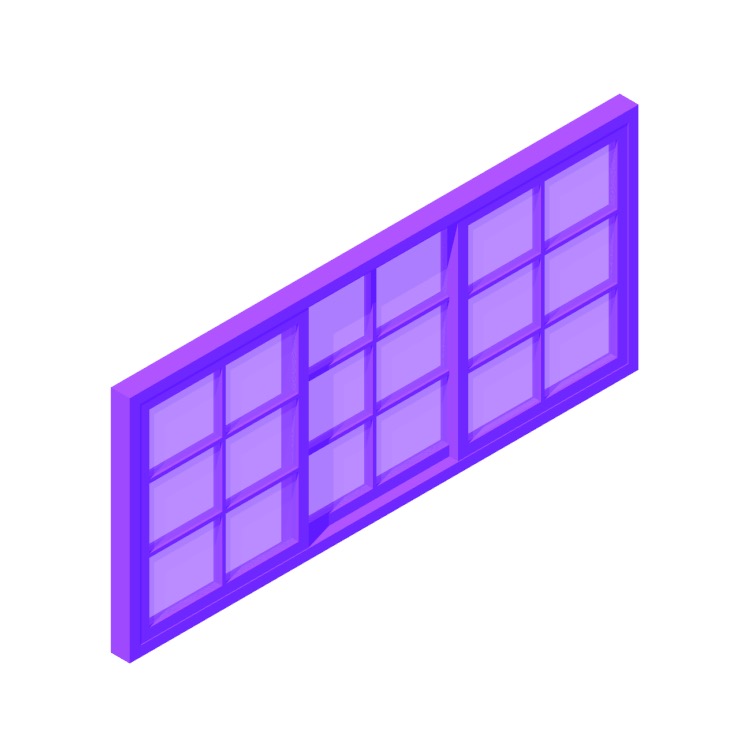
Sliding Windows are the types of windows that can be opened in a sliding manner and typically embrace wide sightlines as well as flexible design options. Sliding Windows operate with sashes that slide back and forth horizontally rather than vertically like a Single-Hung or Double-Hung Window. Sliding Windows offer a great advantage over Casement Windows as outside building clearances are not an issue. Sliding Windows can embrace different finishes to be suitable for the space where they will be placed in. Sliding Windows are a type of horizontal window and their flexible design is suitable for a variety of spaces and buildings.
Sliding windows have been a popular type of window for residential and commercial buildings for many decades. The earliest examples of sliding windows can be traced back to the 18th century, but it wasn't until the 20th century that they became a common feature in many homes and buildings. They are often preferred for their simple and modern design, as well as their energy efficiency and ease of maintenance. Today, sliding windows continue to be a popular choice for homeowners and building designers alike.

Sliding windows, moving horizontally on tracks, are seeing sleek transformations. Modern trends favor minimalistic designs with thinner frames, maximizing views and sunlight. Advanced materials reduce friction, making sliding smoother than ever. Energy-efficient coatings are becoming standard, keeping homes cozy while saving on energy bills. Multi-locking systems ensure heightened security, and integrated screens keep pests out. With urban spaces leaning towards contemporary and functional designs, sliding windows will continue to offer effortless operation, safety, and clear vistas.
The primary difference between sliding windows and hung windows is in their operation and design. Sliding windows slide horizontally along a track and are typically made up of two or more panels that overlap each other. Hung windows slide vertically and are typically made up of two sashes, one on top of the other, that slide up and down. While both types of windows provide ventilation, sliding windows are better suited for wider openings and spaces, while hung windows are ideal for narrower spaces and can be operated with one hand.
Sliding windows are commonly used in residential buildings as a way to provide access to outdoor areas such as patios or balconies, and are often installed in living rooms, bedrooms, and kitchens. In commercial buildings, sliding windows can be used to provide natural ventilation and access to outdoor spaces in areas such as restaurants, cafes, and retail stores.
Sliding windows can last for a significant period of time depending on various factors such as the quality of materials, maintenance, and the environment in which they are installed. Typically, with regular upkeep and repair, sliding windows can continue to function for up to 30 years or more. However, their lifespan may vary depending on the aforementioned factors, and they may require replacement before the 30-year mark.








